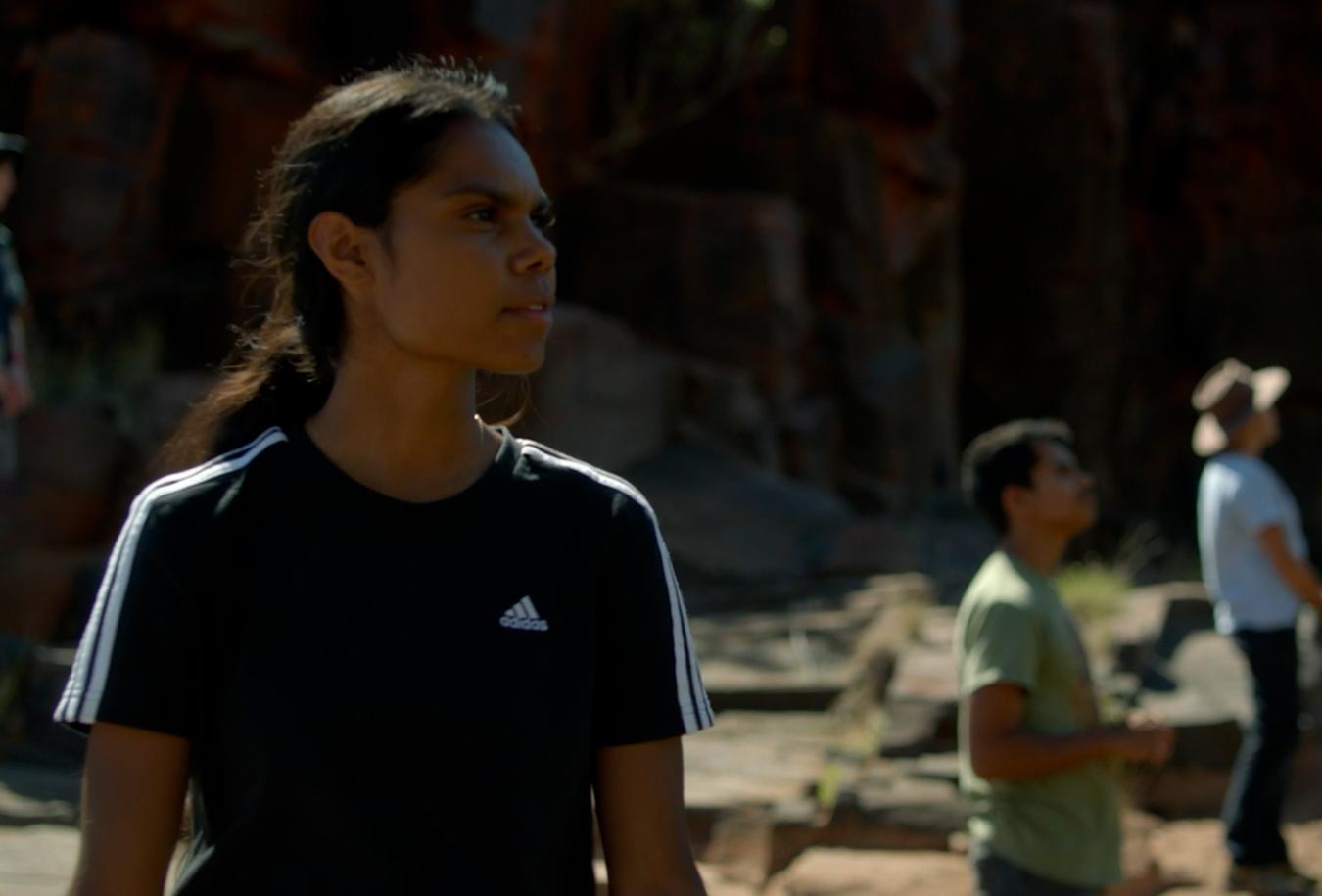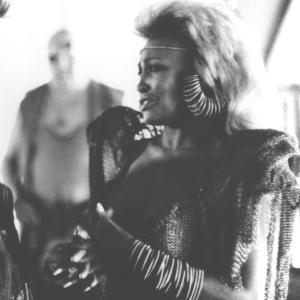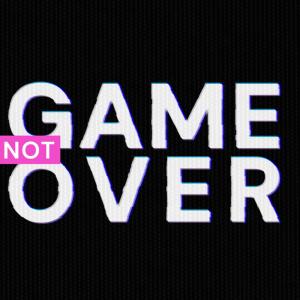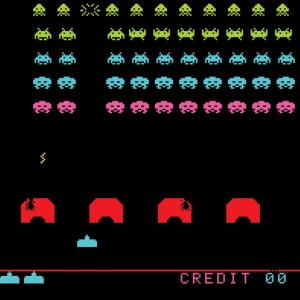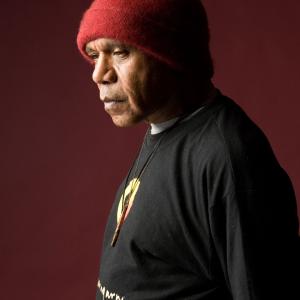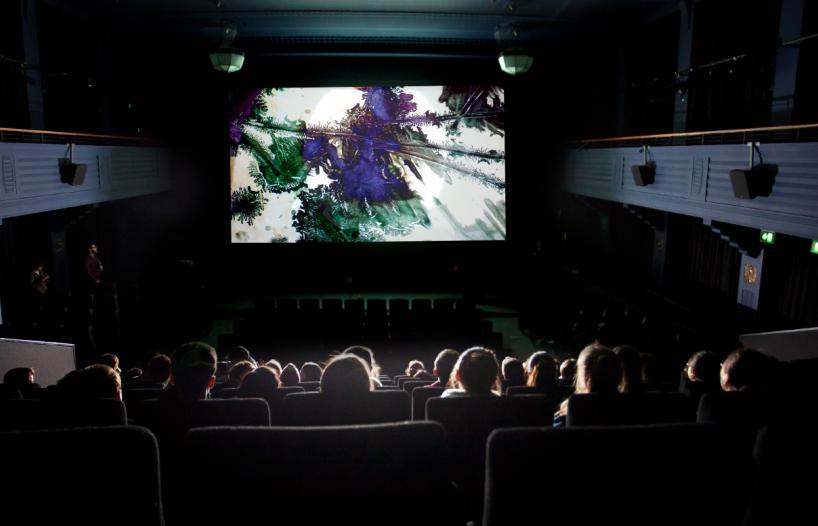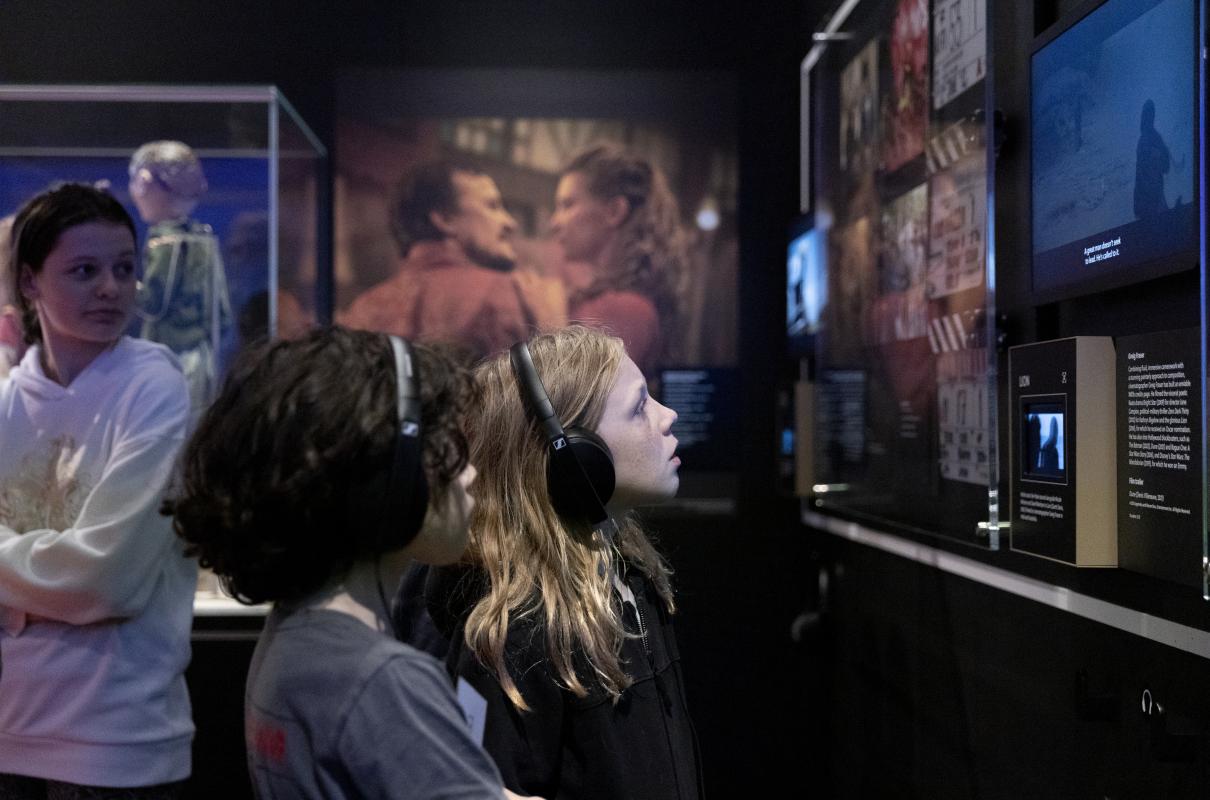
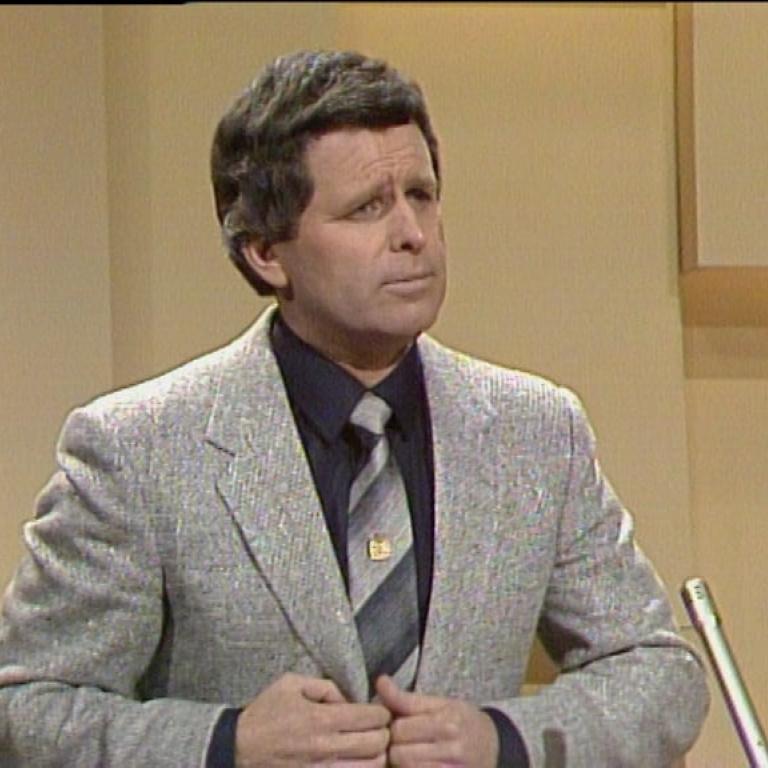
Happy birthday to the beloved quiz show that embodied the essence of the '80s – big hair, big cars, big money. Read the article

Lift the cup with Lleyton, celebrate with Ash, and travel back in time with these moments from Wimbledon history. Read the article

The actor speaks about working with George Miller, his connection to community and family legacy. Read the article
'Our collection tells the story of the nation – our memories, our lives, our futures.'

Hitting the start button on preserving our video game history
Our video game collection continues to expand rapidly as the NFSA evolves in response to 21st-century media production and consumption trends.
In late 2023, we conducted a landmark international survey that revealed the threats to the survival of important video game heritage.

Experience Nangamai
Nangamai ('Dream' in the Dharawal language) is the NFSA's online collection of First Nations content.
It pays tribute to the Aboriginal and Torres Strait Islander icons, trailblazers, dreamers and performers who have kept their rich culture and history alive through activism, writing, filmmaking, song, dance and art.
View Nangamai: a celebration of First Nations culture
Image (above): Deborah Mailman
A pop culture explosion from the '80s, '90s and early 2000s, this new permanent installation boasts two beautifully restored display cases filled with iconic objects that celebrate our contemporary audiovisual experiences.
Arc Cinema is Canberra’s go-to spot for the culturally curious. Enjoy our curated program of recent releases and revived classics, from high art to guilty pleasures. There’s something for everyone!
The National Film and Sound Archive of Australia acknowledges Australia’s Aboriginal and Torres Strait Islander peoples as the Traditional Custodians of the land on which we work and live and gives respect to their Elders both past and present.
